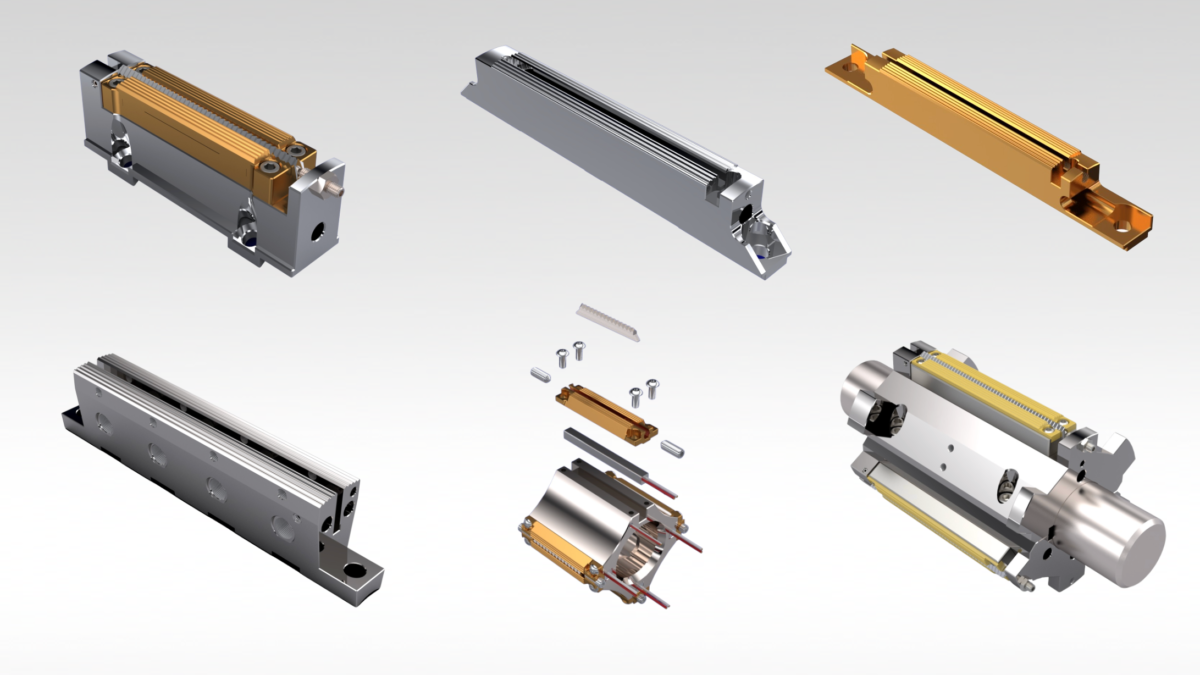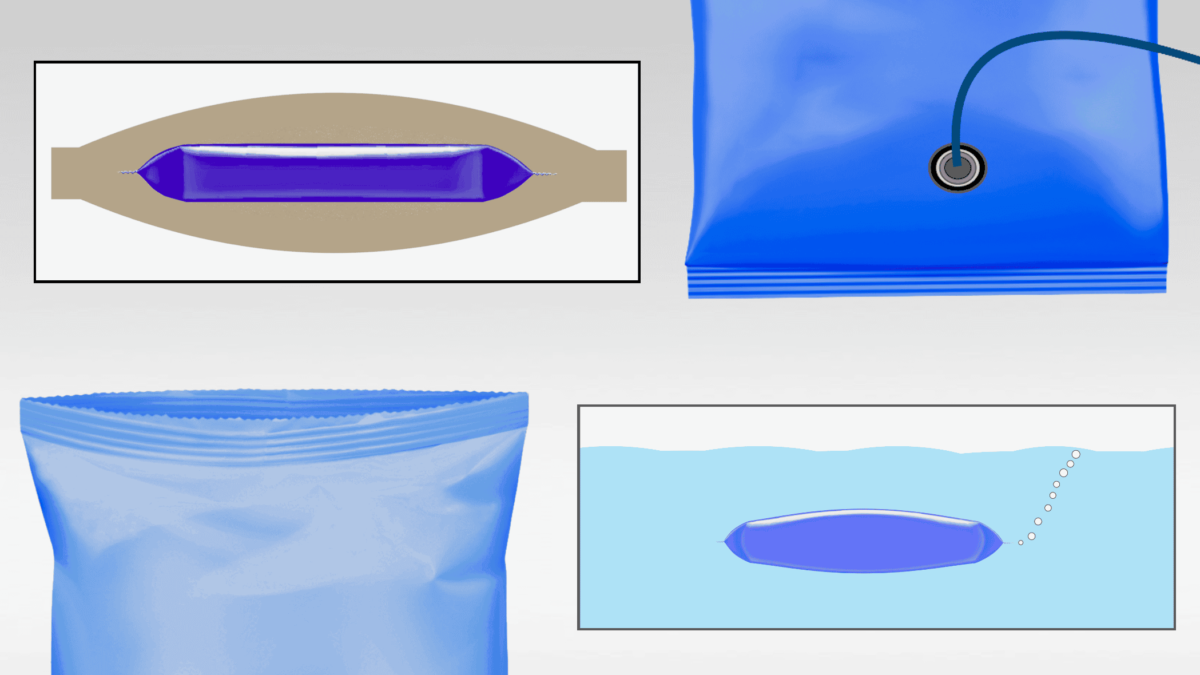When you have a problem with end seal leakers, looking for patterns can help you determine the cause and find a solution. . .
On horizontal flow wrappers, If you find that leakers only occur on the leading end seal of the package (made by the trailing sealing face of the jaws), a cutting issue is likely part of the problem.

In these situations the knife is usually over adjusted, and therefore striking the anvil with such force that the upper and lower crimpers “bounce” apart and do not transfer adequate pressure and heat to the leading seal of the next package.
Now you need to determine if an over adjusted knife is at the root of your problem. A good first diagnostic step is to remove the knife and run sample packages, with product, at normal line speeds. Cut these packages apart with scissors and test the end seals.

If removing the knife does not eliminate the leakers, you need to investigate other possible causes such as the clearance adjustment, seal jaw condition or design, heating elements, or changes to the packaging film. If you would like help with these issues contact Greener’s technical support team or refer to our Troubleshooting Checklist.
But if sample packages run without the knife have good quality end seals, then a cutting issue is the likely cause of your problem. With multi-jaw sealing heads, variable results may indicate a cutting issue on one, but not all, pairs of jaws.
Inspect the condition of the knife and anvil. Often, in an effort to keep a machine running and avoid down time, knives are over adjusted when the knife and anvil are worn and need to be replaced. In these cases the knife has often been adjusted well above the sealing jaw serrations in order to get it to cut.


While the knife is removed, it is a good time to remove any shims and thoroughly clean the slot. Product build-up inside the slot can cause a sponge-like effect on your knife.
Reinstall the knife or, if the parts are worn, install a new knife and anvil. If you are adjusting with shims, make sure to use fewer, thicker shims that are good quality, stainless, and that extend slightly longer than the knife.


Then run more test packages. If seals are good, then an over adjusted knife was the cause of, or a big contributor to, your leaker problem. If the sealing problem has not improved, then we need to continue our investigation.

Another reason that knives may need to be over adjusted is to compensate for issues with springs. Back off your knife adjustment, then visually inspect the springs to make sure they are all adjusted evenly. Make sure you retain this balance as you readjust the spring pressure to get the knife to cut.

If the springs must be compressed excessively—more than half way—in order to achieve a cut, then the springs are worn out and need to be replaced. Production requirements may not allow you to do this immediately, but install new springs as soon as possible so that you can return to proper operating conditions and prevent damage to critical components of the sealing head.

Producing quality end seals requires the proper design, adjustment, and integration of many different components on flow wrappers. If the troubleshooting steps we have reviewed here don’t solve your leaker problems, or to receive technical help with any other issues on flow wrappers or vertical baggers, contact Greener Corporation.
We develop and deliver solutions worldwide.


